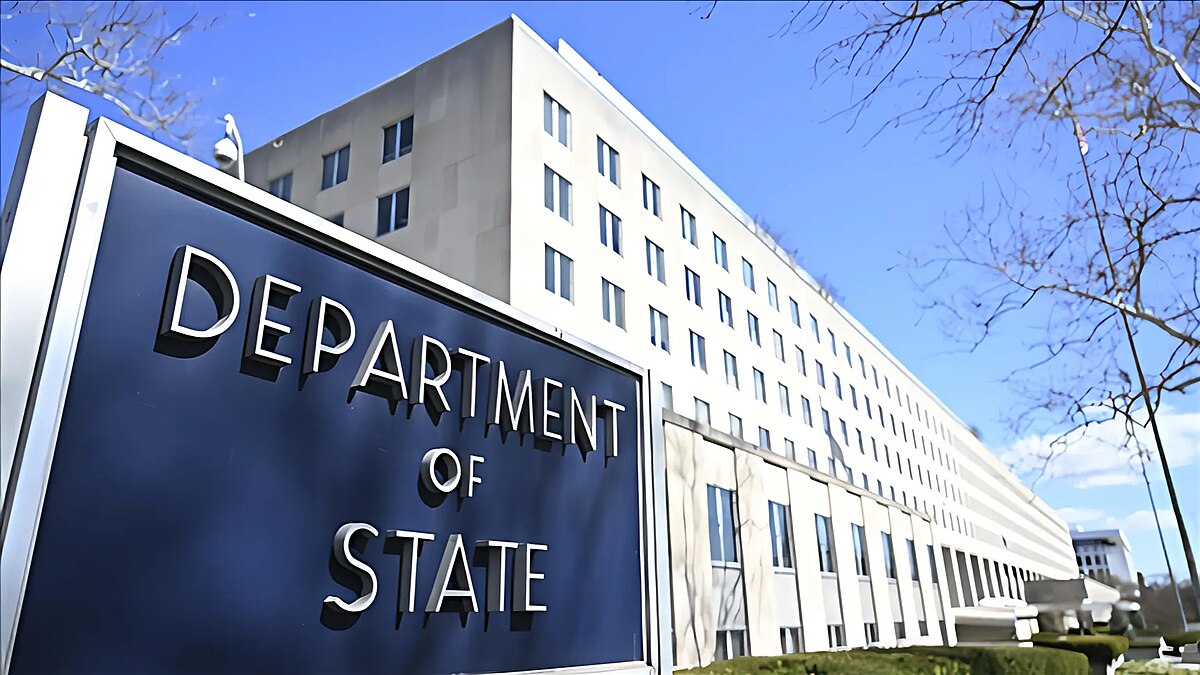- 14 3402-5578
- Rua Hygino Muzy Filho, 737, MARÍLIA - SP
- contato@latinoobservatory.org
 www.freepik.com
www.freepik.com
At the end of the first legislative semester of 2025, US states show a deeply divided scenario regarding the approach to immigration. While some regions are taking steps to expand protections for immigrants, others are stepping up enforcement policies inspired by the tightening promoted during the Trump administration. The analysis of state actions reveals a national fragmentation, in which policies of reception and repression coexist within the same country.
According to a study published by Immigration Impact, in the Northeast, the focus is on strengthening legal guarantees for immigrants, as evidenced by the legislation passed in New York that facilitates the regularization of foreign military families. Other states in the region have taken steps to prevent immigration efforts in sensitive locations, such as schools and hospitals, and have strengthened laws restricting cooperation between local and federal authorities in carrying out deportations.
In contrast, the Southeast is moving in the opposite direction. States such as Tennessee and Florida have expanded cooperation with federal authorities, restricted civil rights for immigrants and criminalized conduct by public officials who refuse to cooperate with deportation policies. Tennessee's legislation, for example, centralizes and expands state action in the repression of immigrants, while imposing penalties on public servants.
The Midwest and the West present an ambiguous stance. While they pass bills that recognize the economic contribution of immigrants — such as allowing foreign-trained doctors to work in deprived areas — they also pass repressive measures, such as banning sanctuary cities and requiring police checks on immigration status. This duality reflects the clash between conservative political pressures and the practical need to integrate immigrants into local economies.
In the Southwest, this polarization is repeated. Colorado emerges with robust proposals to protect the civil rights of immigrants, eliminating bureaucratic barriers and limiting data sharing with immigration authorities. In contrast, Texas and Arizona adopt restrictive laws, such as limiting access to education and public benefits for undocumented immigrants. Even so, there are occasional advances in states such as New Mexico and Oklahoma, which have adopted measures to expand the insertion of immigrants in the labor market.
This divergence of
directions reveals the growing weight of state legislatures in the formulation
of migration policies. In a national scenario of political impasse, states take
a leading role, shaping the daily lives of immigrant communities. Decisions taken
at the local level determine not only access to rights and opportunities, but
also the legal and social security of these populations. The map of immigration
in the U.S. in 2025 is a mosaic of advances and setbacks that highlights the
crucial role of regional political choices in defining the future of immigrants
in the country.











